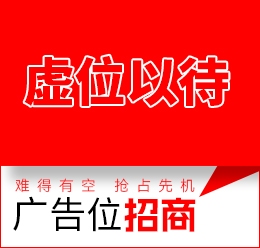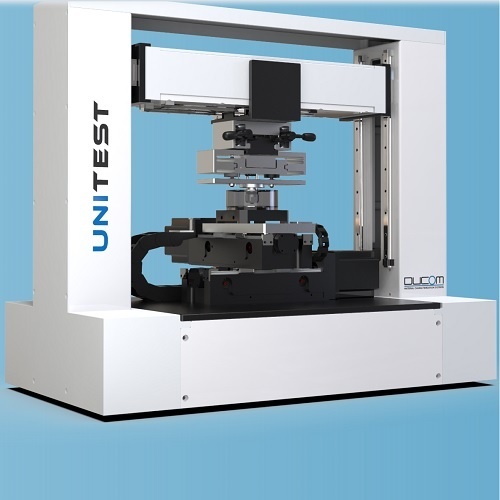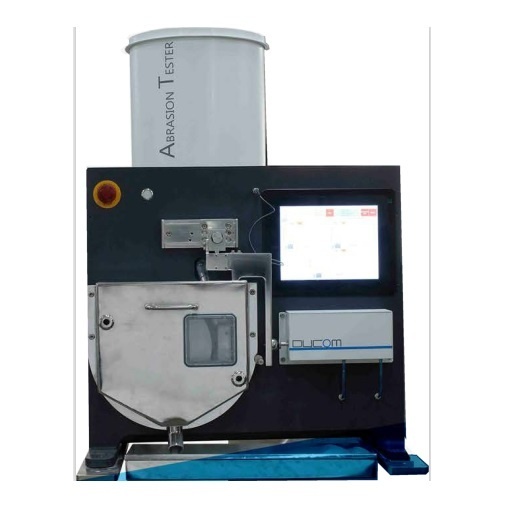看了滑動軸承試驗機的用戶又看了
 留言詢價
留言詢價

虛擬號將在 180 秒后失效
使用微信掃碼撥號
Journal Bearing Tester (JBTR—V2)
Oil film pressure and temperature distribution in a hydro-dynamic journal bearing depends upon several parame-ters like load,, speed,, clearance, viscosity,, bearing profile and roughness. While analytical tools provide a means of estimation,, these fields need to be measured experi-mentally.
This test rig is a platform on which such experiments can be conducted. Bearing of desired clearance profile can be mounted and shaft speed and load can be varied over a wide range. Pressure and temperature of the film is measured with sensors mounted around the bearing. Measurements are not limited to the outputs of pressure and temperature sensors supplied with the rig. This test rig allows mounting of your own sensors to expand range of investigation.
Description
The basic test rig consists of a journal driven by a varia-ble speed drive. Bearing under test is mounted on the journal. For each test, bearing is designed individually for the objective of the test. Table 1 lists test variables.
Lubricant is pressure fed into the bearing with re-circulating system. Radial test load is applied servo-pneumatically. Pressure and temperature of oil around the bearing are monitored through small radial holes. Other parameters measured are oil inlet and outlet tem-peratures and the oil inlet pressure.
Four bearings of circular cross section are supplied for reference – L / D = 0.5 and 1,, with r / c = 750 and 1000. These bearings have 12 equispaced radial holes for the
mounting of pressure and temperature sensors. Experi-mentalists can use their own bearings of desired L / D,, r /c, bearing profile, surface roughness and sensor loca-tion. Scope of study can be extended by mounting addi-tional sensors,, to study film thickness and viscosity.
Frictional torque in the bearing can be measured with a reaction torque sensor. It is recommended that it is meas-ured without pressure sensors,, temperature sensors and oil tubes attached to the bearing, in-order to eliminate er-rors caused by the presence of cables and tubes.
Instrumentation:
Instrumentation includes sensors,, amplifiers,, signal processing circuits and analog to digital (A/D) signal converter. Digit-ized signals are acquired on PC. Sensors are required to be mounted on every test bearing and removed for mounting on the next for a new test. Sensors, their number and location in each test are decided by the experimentalist. Sensors in the scope of supply are listed in TABLE- 2. In addition to these,, you can mount you own sensors and their outputs can be acquired provided it is in + / - 5 V range
暫無數(shù)據(jù),!
 滑動軸承試驗機的工作原理介紹,?
滑動軸承試驗機的工作原理介紹,? 滑動軸承試驗機的使用方法?
滑動軸承試驗機的使用方法? 滑動軸承試驗機多少錢一臺,?
滑動軸承試驗機多少錢一臺,? 滑動軸承試驗機使用的注意事項
滑動軸承試驗機使用的注意事項 滑動軸承試驗機的說明書有嗎,?
滑動軸承試驗機的說明書有嗎,? 滑動軸承試驗機的操作規(guī)程有嗎?
滑動軸承試驗機的操作規(guī)程有嗎? 滑動軸承試驗機的報價含票含運費嗎,?
滑動軸承試驗機的報價含票含運費嗎,? 滑動軸承試驗機有現(xiàn)貨嗎,?
滑動軸承試驗機有現(xiàn)貨嗎,? 滑動軸承試驗機包安裝嗎?
滑動軸承試驗機包安裝嗎? 手機版:
手機版:




